By Mahima Jain, HJN Member. This story was originally published in Mongabay on July 20, 2023. Reposted with permission.
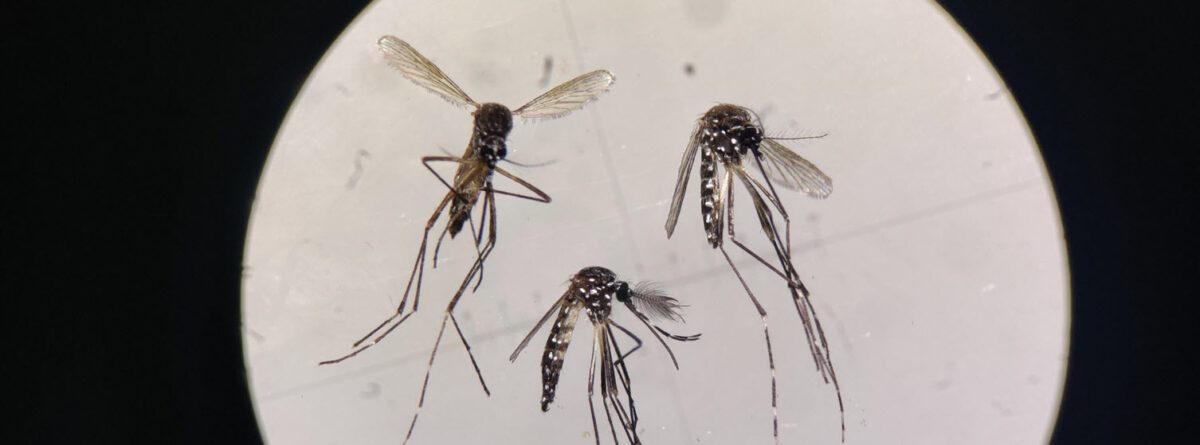
- The World Mosquito Program infects the Aedes aegypti, which carries the dengue virus, with a bacteria called Wolbachia, which reduces the transmission of dengue.
- Dengue infections are rapidly increasing because of factors like urbanisation and climate change. The World Health Organization estimates approximately 390 million dengue infections annually, with 3.9 billion people at risk.
- In India, the Indian Council of Medical Research’s Vector Control Research Centre (VCRC) has been studying this method since 2016 to assess if it works against dengue, which has been increasing in the country.
In a laboratory in Medellín, Colombia, scientists grow about 30 million Aedes aegypti mosquitoes every week. The Aedes mosquitoes are carriers of the dengue virus; paradoxically the ones grown in the lab will be used for the fight against dengue. The World Mosquito Program (WMP), a nonprofit organisation started in 2017, has pioneered this unconventional approach to combat mosquito-borne diseases.
Aedes aegypti mosquitoes are infected with the dengue virus when they bite infected people. After about a week, the bite of the mosquito can cause the spread of the disease. To disrupt the transmission of dengue and other viruses, the scientists infect the Aedes aegypti mosquitoes with Wolbachia, a naturally occurring bacteria found in over 50% of insect species.
Wolbachia lives inside insect cells and can be passed down maternally through generations, effectively reducing the transmission of the dengue virus. The Wolbachia method has been tried and tested for a decade now.
Scott O’Neill, scientist and founder of WMP, told Mongabay-India that this sustainable and cost-effective intervention has been successful in several cities across 12 countries including Brazil, Vietnam, Mexico, Indonesia and Australia, benefitting over 11 million people. In Medellín, the release of lab-grown mosquitoes led to a remarkable 94-97% reduction in dengue incidence compared to the pre-intervention period, according to data from the WMP’s annual report.
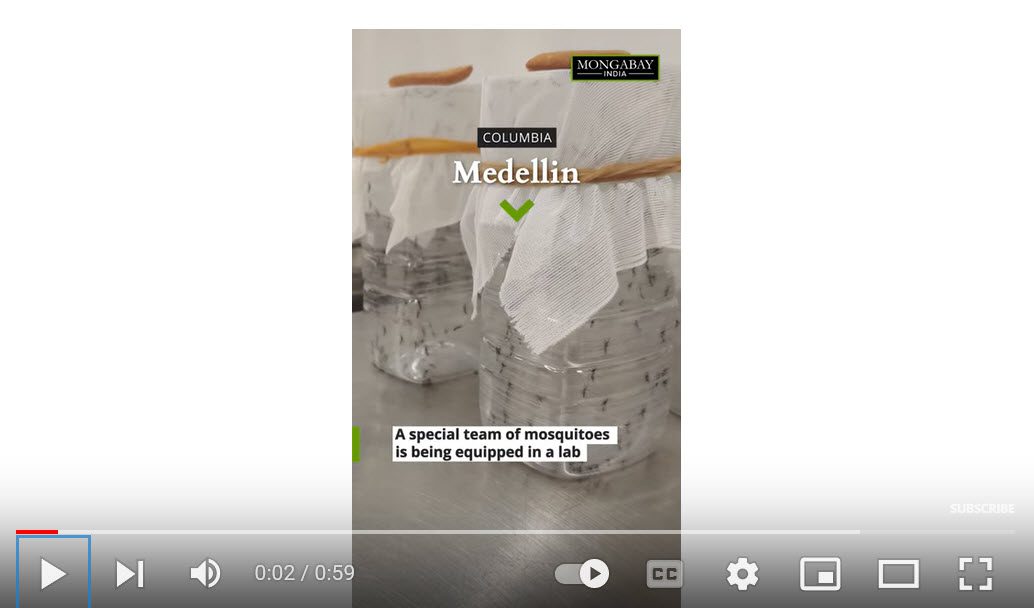
Other studies and trials by the National Environment Agency in Singapore; Google’s Verily Life Sciences in California, the US; and Sun Yat-sen University and Michigan State University’s project in Guangzhou city, China show the efficacy of the Wolbachia method for dengue control.
The Vector Control Advisory Group, which independently assesses new technologies and advises the World Health Organization (WHO) on public health policy, has also given its stamp of approval to the Wolbachia method for controlling dengue transmission.
Dengue is a widespread neglected tropical and vector-borne disease, affecting millions of people worldwide. The WHO estimates approximately 390 million dengue infections annually, with 3.9 billion people at risk. India, in particular, has seen a significant increase in dengue cases in recent years, with 233,251 infections and over 300 deaths reported in 2022 alone.
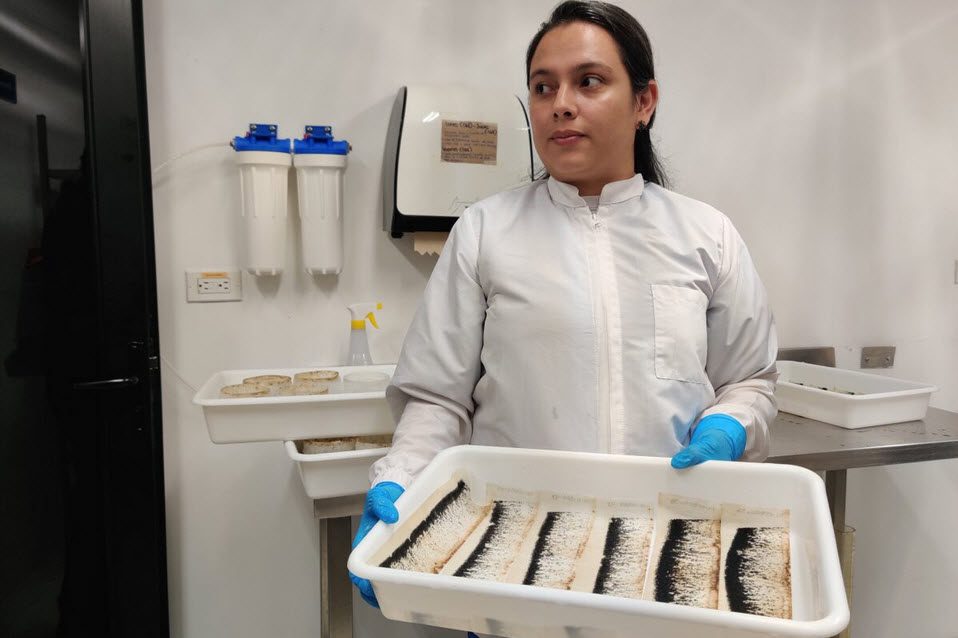
Factors such as environmental changes, population growth, climate variability, rising temperatures, and rapid urbanisation have contributed to a 30-50 fold rise in the transmission of dengue over the last 50 years. Experts predict that climate change will further expand the areas affected by dengue, as variations in rainfall, temperature and relative humidity intensify the spread of the disease. Warmer climates allow Aedes mosquitoes to extend their range, while longer summers provide a more extended period for dengue transmission.
The Indian Council of Medical Research’s Vector Control Research Centre (VCRC), based in Puducherry, is leading efforts to adapt and test the efficacy of the Wolbachia method for Indian conditions. “VCRC imported Wolbachia-carrying Aedes aegypti eggs from Monash University in Australia and has crossbred them with local Indian mosquitoes for the last five years,” Ashwani Kumar, Director, ICMR-VCRC, told Mongabay-India in a phone interview. The Australian researchers who initially worked with VCRC eventually started WMP under the aegis of Monash University.
After conducting fitness studies and proof-of-concept experiments, VCRC has demonstrated significant suppression of the dengue virus using Wolbachia, Kumar adds. However, unlike their counterparts in Medellín, India is still several steps away from implementing this technology on a large scale.
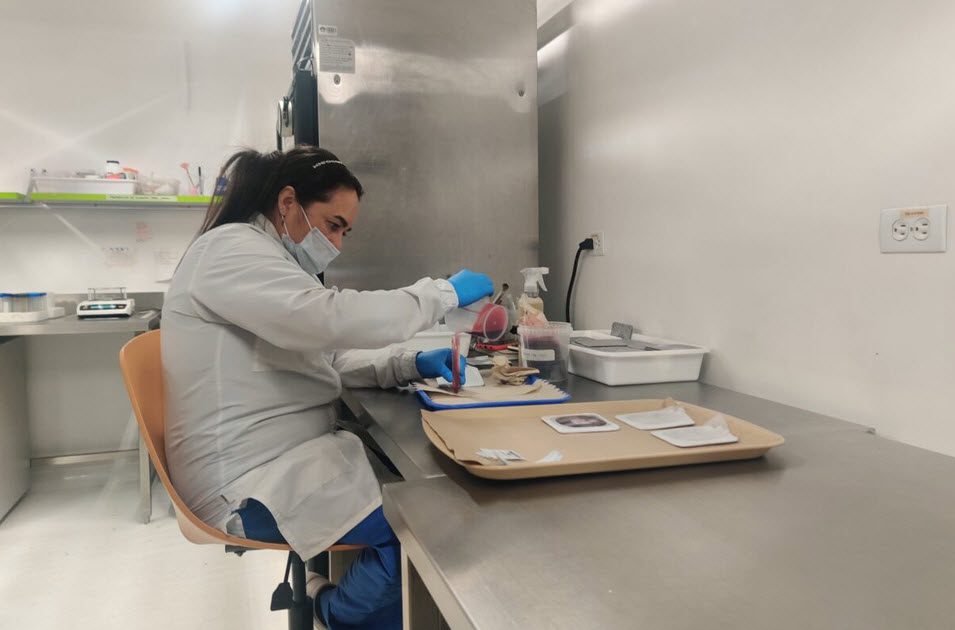
Nurturing Mosquitoes
In the Medellín laboratory, scientists meticulously handle Aedes mosquitoes at different stages of their life cycle. Eggs, larvae, pupae and adult mosquitoes are nurtured in temperature-controlled rooms.
Different lab rooms represent the life stages of Aedes mosquitoes. In one of the first rooms, there are small boxes stacked on top of each. They contain footlong bookmark-like white strips with thousands of mosquito eggs as small as a full stop. Each strip has around 10,000 Aedes aegypti eggs.
In the hatchery, larvae and pupae swim in trays filled with fishy-smelling water, while adult mosquitoes buzz in large white cages. A scientist feeds the mosquitoes by placing a sachet of blood, dabbed with her sweat, on top of the cages. The mosquitoes eagerly gather for their meal within seconds.
Quality control measures and repeated testing ensure the desired frequency and density of Wolbachia infections. High frequency of infections in mosquito populations and high density of Wolbachia within individual mosquitoes are important for robust dengue suppression, studies show.
Once ready, these lab-grown mosquitoes are released into the densely populated streets of Medellín. The intervention has shown 77% efficacy against dengue and an 86% reduction in hospitalisations in a randomised control trial conducted by the WMP in Yogyakarta, Indonesia.
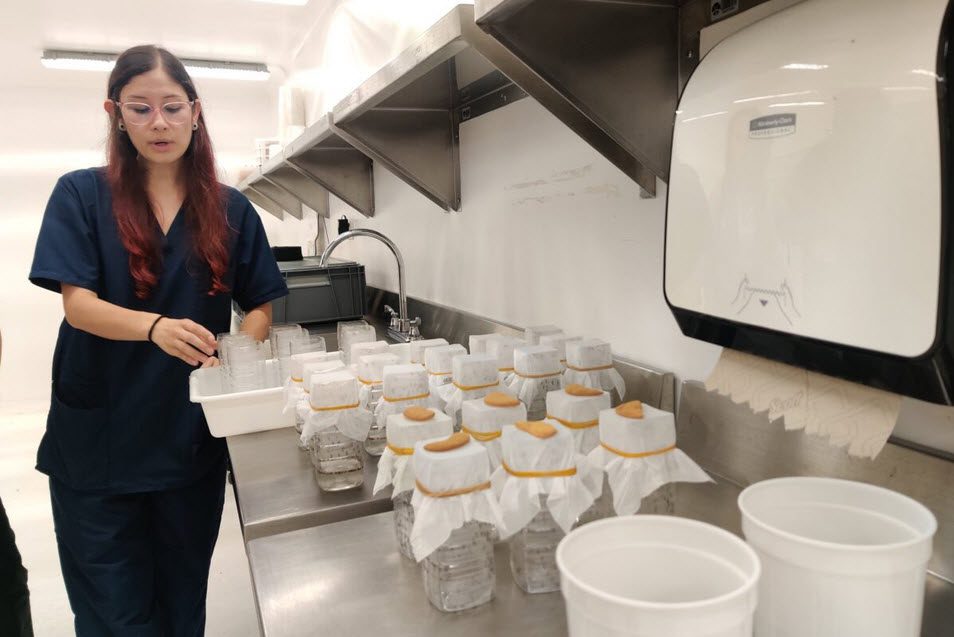
O’Neill suggests that the method is well-suited for southern Indian states due to the lesser temperature variations between seasons. Temperature and humidity not only affect dengue transmission, but also impact the Wolbachia method. In places where there is greater variation in temperatures, the density and frequency of the Wolbachia is affected.
Kumar emphasises the need for further temperature studies across different regions of India. VCRC’s research has focussed on wMel and wAlb strains of Wolbachia, both of which respond differently to higher lab temperatures. Extreme heat reduces the density of Wolbachia in the mosquitoes. This results in cytoplasmic incompatibility (sperm and eggs unable to form viable offspring), maternal transmission failure, and potentially reduced virus blockage, studies find.
Exposure of larvae to higher rearing temperatures in the laboratory and simulated-field conditions reduced the densities of Wolbachia strains in males, according to a paper published by VCRC researchers in Parasites and Vectors in 2022.
Sudden heat waves can also affect the method. A study conducted in Cairns, Australia, where the Wolbachia method has been in use since 2011, showed that a record heatwave of 43°Celsius in 2018 caused a decline in the frequency and density of the wMel strain of Wolbachia. Several months after the heatwave, high frequencies of wMel were observed indicating that the impact may not be long-term and may vary depending on the life stage of the mosquitoes at the time of release.
“However, even in places of extreme heat or variations in seasons, Aedes aegypti mosquitoes, like humans, survive by seeking out microhabitats–for instance, shade or water bodies–that provide suitable conditions,” O’Neill explains. Shade allows the Aedes aegypti to survive and the dengue virus and Wolbachia to persist in the larval stage.
Kumar says the VCRC is awaiting regulatory clearances for further trials and experiments in field conditions to study the effect of heat stress on the stability of Wolbachia. Meanwhile, O’Neill points out that regulatory approval alone is not enough.
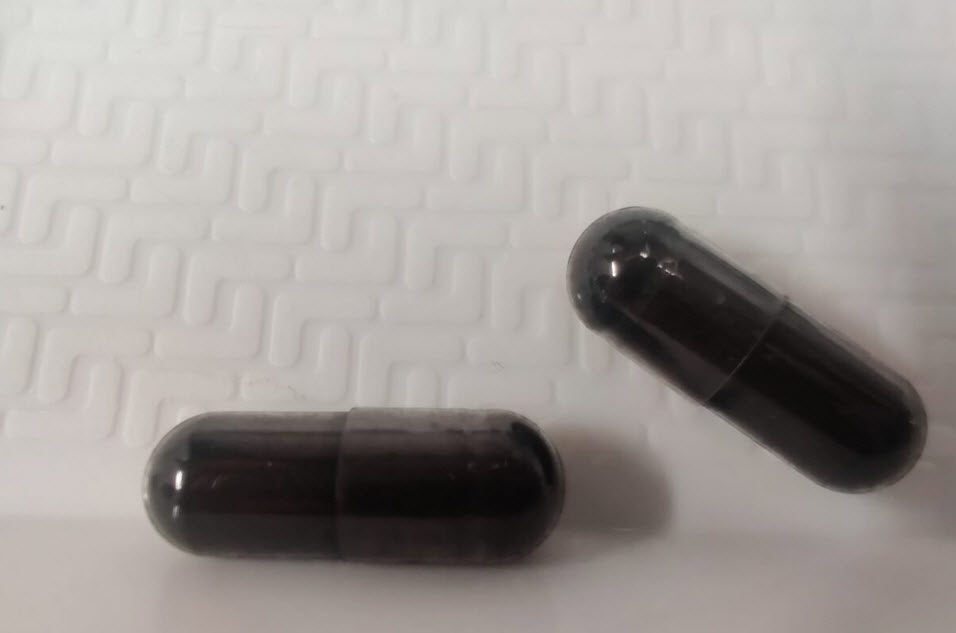
Gathering Community Support
In Medellín, scientists pack 300 eggs into capsules that dissolve in water, allowing the eggs to hatch. Alternatively, adult mosquitoes are packed into empty water bottles or released using drones.
The scientists at the lab however, emphasise the importance of community involvement, without which the release of the mosquitoes is impossible. In Medellín, public acceptance of the project reached 97% before the intervention, and the releases were carried out with the assistance of over 20,000 volunteers.
“Public consultation, knowledge sharing, awareness campaigns, and community outreach are considered as important as the scientific and technological aspects of the intervention,” O’Neill points out.
Kumar concurs. He says India will need to educate people about the method, address their concerns, and provide evidence from independent studies to sensitise local communities. It will have to mobilise community organisations, health workers, and other stakeholders to achieve this.
Despite the success and approval from the Vector Control Advisory Group, India has chosen not to partner with the WMP. Kumar cites the need to assess the suitability of the model for India’s megacities and climatic conditions. The high populations of cities like Mumbai, Delhi, Kolkata, Chennai, Bengaluru and Hyderabad – each of which has between 10 and 18 million people – present unique challenges. “Another reason for India’s cautious approach is the concern about adopting foreign technology without thorough testing,” he adds.
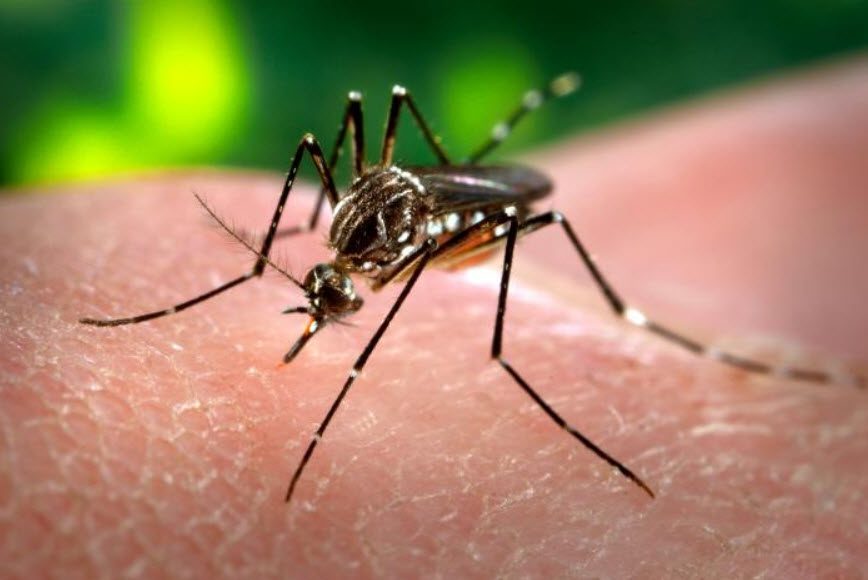
VCRC is using standard protocols to verify the efficacy of the method, ensuring that India does not blindly follow without adequate evaluation, according to Kumar.
O’Neill points out that WMP is a nonprofit organisation, and has no interest in profitability. When asked about the scalability of the method, Kumar acknowledges the potential need for private players to assist in large-scale deployment, such as the production of millions of mosquitoes in insectaries across different cities and quality control measures.
With pending approvals, ongoing research and more trials ahead, the mass deployment of the Wolbachia method for dengue control in India, remains uncertain.
* The author visited Medellín, Colombia as an Internews Health Journalism Network Fellow to participate in the World Conference of Science Journalists.